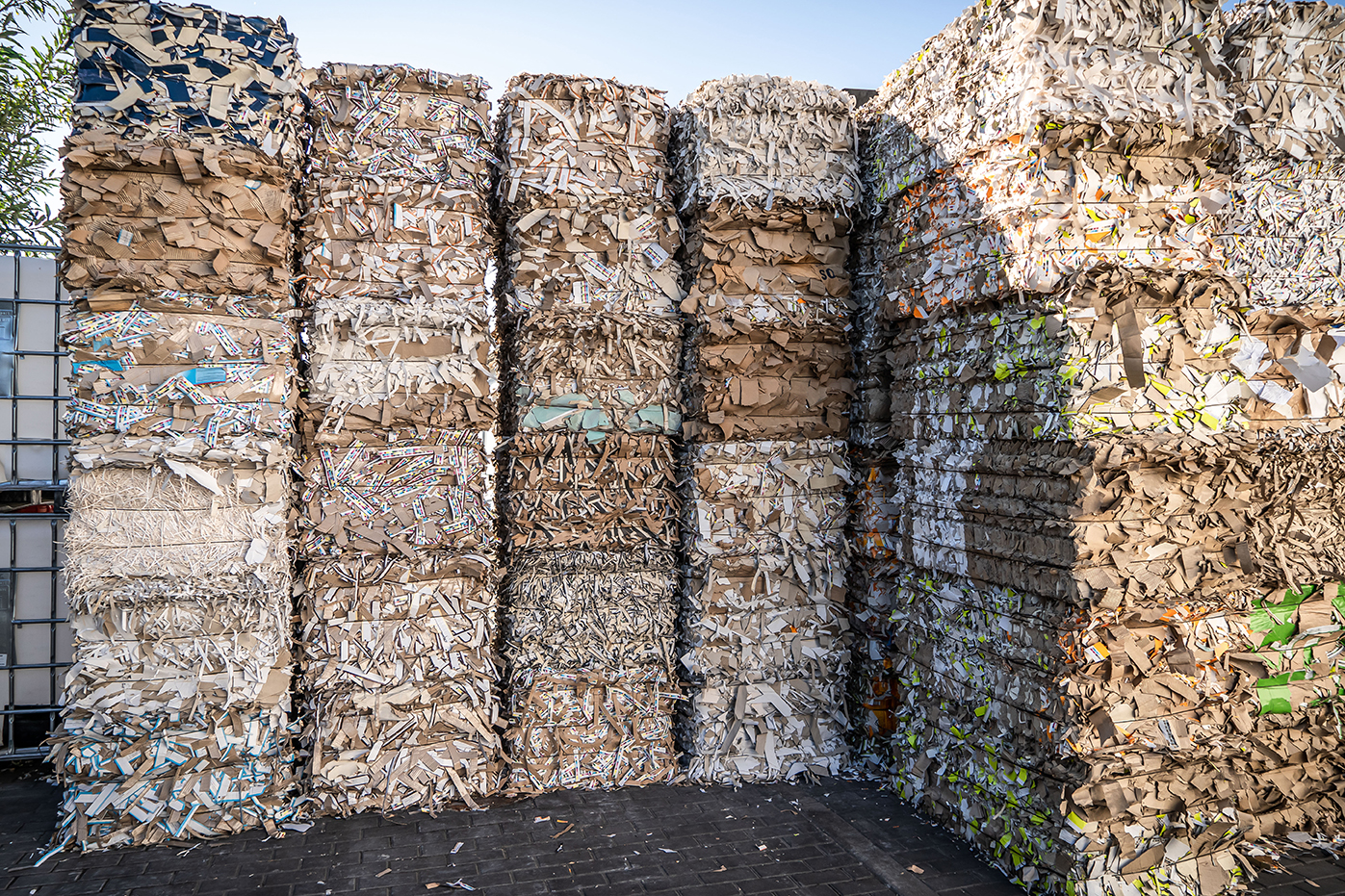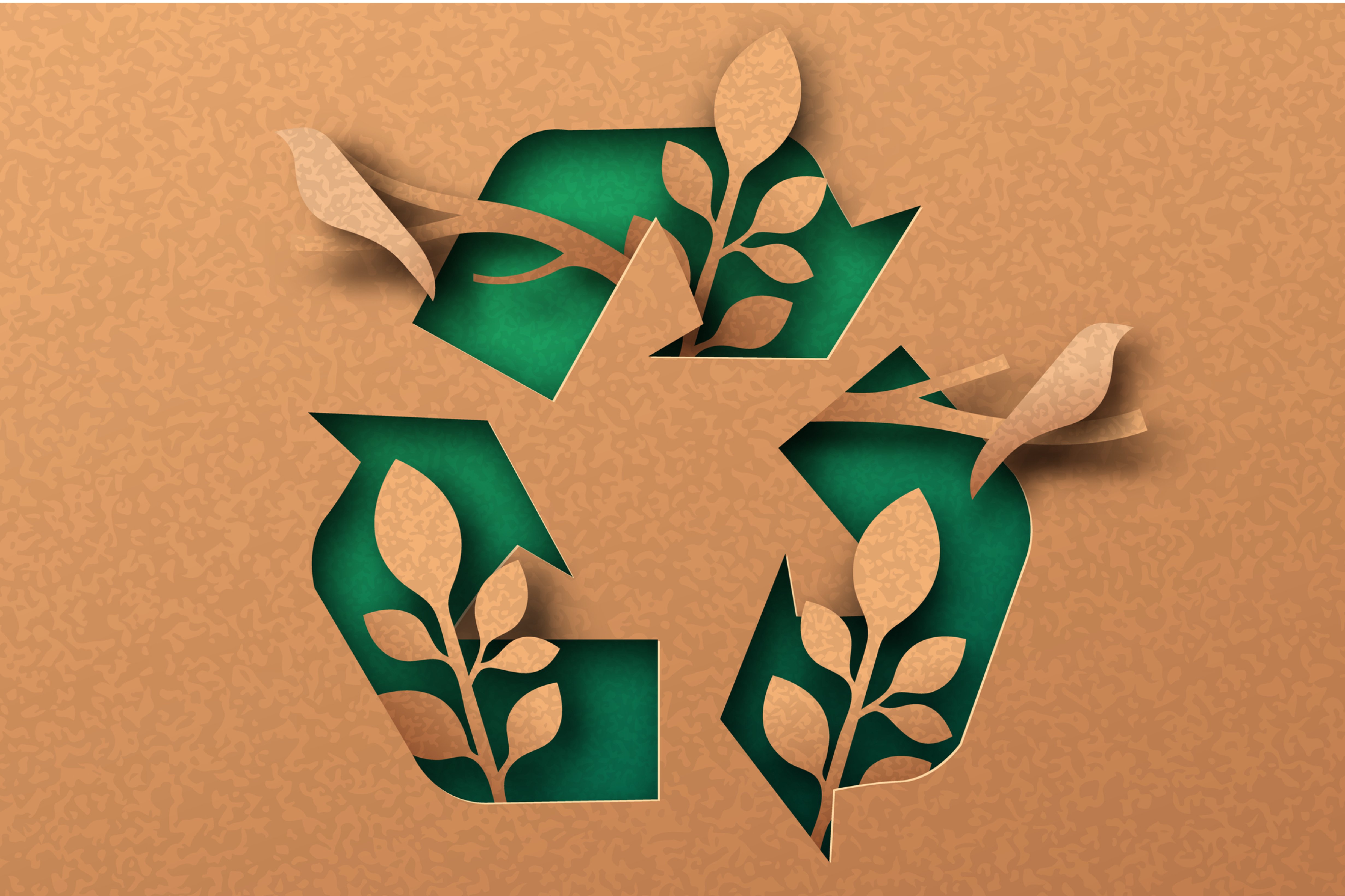.png)
Keeping Paper Out of Landfills
Recycling is one of the most successful social movements in modern American history. What started as a wartime effort to reuse scrap metal and cloth, quickly grew into a national system that now helps reclaim, reuse, and redirect hundreds of millions of tons of solid waste each year.
Much of our recycling today focuses on collecting and reusing goods made from durable materials such as plastics and metal. Part of this is because much of the original wisdom behind recycling emphasized an object’s biodegradability. Materials such as plastics and metals, which do not biodegrade naturally by any significant metric, were heavily emphasized for recycling. This logic made intuitive sense and helped drive recycling’s popularity and success. Today, the American recycling system helps redirect hundreds of millions of tons of waste away from landfills and disposal centers and into recycling centers for repurposing.
The growth and popularity of recycling has been excellent news for both our natural environment and society. However, in the push to recycle non-biodegradable materials, biodegradable waste has been overlooked to a certain extent. Many people still believe that any organic waste that naturally biodegrades does not negatively harm our environment. We now know this to be conclusively false.
Organic Waste and Methane
Although organic waste naturally biodegrades, contemporary research shows that the decomposition process emits harmful greenhouse gases into the atmosphere, such as methane. Methane traps up to 100 times more heat in the atmosphere than CO2 when measured over a five-year period, making it a significantly more harmful greenhouse gas. Additionally, when organic waste is sent to disposal centers, it’s often burned, creating large amounts of sulfur dioxide. Sulfur dioxide is an incredibly harmful greenhouse gas that is now known to be a major initiator of dangerous smog.
Our recycling systems need to reprioritize the importance of recycling organic and biodegradable waste. Fortunately, there are already many ways that individuals, local communities, and regional or national actors can dramatically reduce and recycle their organic waste.
One major step is to reduce the generation of food waste. When cities and individuals participate in activities such as food waste recycling programs, systems that deliver mishappen produce to food banks rather than landfills, or instituting at-home compost bins, they can dramatically reduce the amount of produced food waste.
Another way to reduce biodegradable waste is to increase paper recycling rates. Paper is made entirely of organic material and biodegrades at much faster speeds than many other manufactured materials. While this helps make paper an excellent source of renewable materials, decomposing paper still contributes to the emission of methane gas.
By recycling paper, we can reduce the emission of harmful methane gas while also enjoying the benefits of redirecting it away from landfills and into recycling centers where it can be repurposed and reused as recycled paper.
NORPAC’s Mission and Recycling
At NORPAC, we’re committed to ensuring that our business operations and practices are entirely aligned with our goals of environmental sustainability. We understand the importance of sustainability not just for our local and regional economies but for our larger society and natural environment.
That’s why we’ve always focused on creating the best paper products on the market, while prioritizing the recycling of paper products. Each year we recover over 400,000 tons of mixed paper and corrugated containers that would have gone to landfills and then repurpose that paper into our line of products. By 2024, we will be recovering and consuming nearly 1 million tons of wastepaper.
We believe that as a paper manufacturer we must both protect and safeguard our natural environment, as well as ensure the long-term sustainability of our products and industry. We invite you to visit our website to learn more about NORPAC’s commitment to environmental sustainability.

.jpg)

